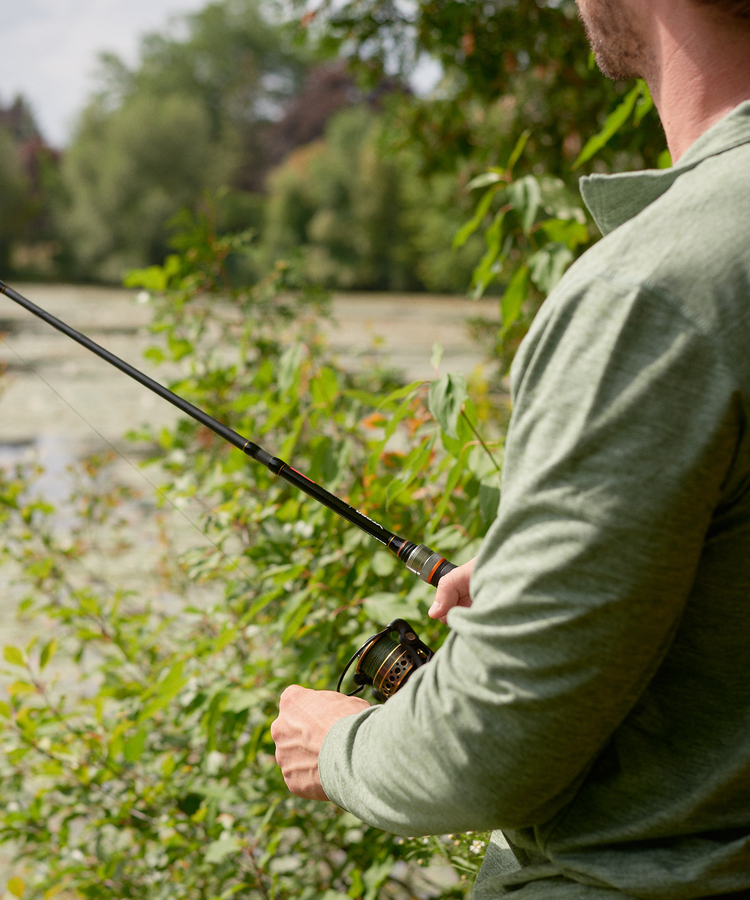Our oceans are home to an incredible variety of magnificent creatures. There are over 250,000 known species that rely on the ocean as a habitat, and potentially millions more that have not yet been discovered.
Within the past century, our oceans have also become home to over 5.5 million pieces of plastic waste. Steadily deposited since the invention of plastic in 1907, this man-made contribution now totals nearly 200 million tonnes. Each year, it is increased by some 10 million tons. At this rate, the total amount of plastic in our oceans is expected to triple within the next two decades.
"It should come as no surprise that ocean plastics pose a major threat to marine wildlife, the environment, and our own food and health."
An estimated 100 million marine animals die each year from causes directly attributable to ocean plastic waste. Several species have been observed to ingest plastic waste, which can lead to suffocation, internal injuries, drowning, and, in many cases, starvation. Animals that ingest plastic are unable to digest it, causing the animal to feel full indefinitely and ultimately leading to starvation.
In some cases, whales have been found washed ashore with over 200 pounds of plastic in their stomachs. Even in cases where particular species are not as likely to eat plastic debris themselves, they are still susceptible through prey that they consume. It's been determined that 100% of sea turtles have plastic in their stomachs, a fact that highlights how truly pervasive plastic ingestion is amongst marine life.

Entanglement also poses a real threat to aquatic animals, as fish, seabirds, and marine mammals become caught in plastic debris such as nets. Being unable to free themselves, this often results in starvation or drowning. Eventually, as the animal decomposes, the debris is able to make it back into circulation through the food chain and entrap more creatures. In cases where the animal is not completely immobilized, the plastic can lead to severe deformities and impose significant functional limitations.
Another less obvious impact of plastic on marine life includes the destruction of coral reefs. Already susceptible to various diseases, coral that comes into contact with abrasive plastic debris dramatically increases the likelihood of contracting fatal pathogens.
Plastic waste in our oceans also has a significant impact on our climate and environment. The ocean plays a crucial role in mitigating climate change through the absorption of heat and greenhouse gasses. Extended exposure to sunlight and heat causes plastic to release the greenhouse gases responsible for accelerating climate change.
As ocean plastic slowly breaks down, it forms smaller particles known as "microplastics". These microplastics can then be ingested by even smaller organisms, including plankton, which threatens their important role in removing carbon dioxide from the atmosphere and decreases the ocean’s capacity to absorb greenhouse gases.

These microplastics also make their way back into our food, water, and even the air we breathe. Approximately one in three fish caught for human consumption has been found to contain plastic. Plastic has also been detected in commercial sea salt, fruits, vegetables, and even beer. Multiple water and air samples have also repeatedly demonstrated the presence of microplastics.
While studies on the implications of ingesting microplastics on human health are relatively new and mostly unknown, there is speculation that it could lead to accumulation and have toxic effects.
It's easy to see that ocean plastic is no small problem. Given our rate of plastic production and pollution, combined with the amount already in our oceans, it has become an issue that promises not to go away anytime soon.
So the question arises, what can each of us do about it and how can you help?
Check out the third part in our blog series on ocean plastics to learn how we can all come together to curb the devastating effects of ocean plastic on marine life, the environment, and our own health!



